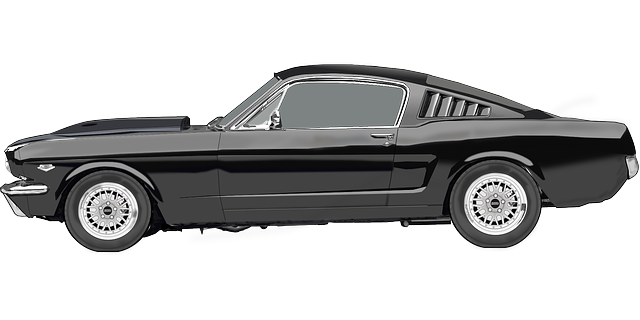In California, where the California Air Resources Board (CARB) sets strict emission and safety standards for vehicles, performance upgrades like air intakes must adhere to these regulations. CARB-compliant air intakes optimize engine performance while meeting environmental criteria, reducing pollution. Automotive enthusiasts in California need to select certified components tested to CARB standards to ensure legal compliance and enhanced vehicle dynamics, contributing to the state's clean air efforts. This regulatory environment drives automotive innovation, fostering a market for cutting-edge, sustainable high-performance vehicles.
California’s strict environmental regulations, as enforced by the California Air Resources Board (CARB), significantly impact vehicle performance upgrades. This article delves into navigating these rules, focusing on legal options for CARB-compliant air intake modifications. We explore how automakers and enthusiasts can enhance engine performance while adhering to state standards. With a keen eye on the future of high-performance vehicles, we analyze California’s evolving regulatory landscape, offering insights crucial for those seeking to stay ahead in the market.
- Understanding CARB Regulations and Their Impact on Vehicle Performance Upgrades in California
- Exploring Legal Options for CARB-Compliant Air Intake Modifications
- The Future of High-Performance Vehicles: Navigating California's Regulatory Landscape
Understanding CARB Regulations and Their Impact on Vehicle Performance Upgrades in California

In California, the California Air Resources Board (CARB) regulations play a pivotal role in governing vehicle emissions and performance upgrades. These stringent standards ensure that vehicles on California roads meet specific environmental and safety criteria. When it comes to performance upgrades, especially for air intakes, CARB-compliant systems are essential. Such intakes are designed to optimize airflow while adhering to emission control requirements, ensuring both better engine performance and reduced pollution.
California’s unique automotive landscape demands that manufacturers and enthusiasts alike navigate these regulations carefully. Upgrading a vehicle’s air intake system is a popular way to enhance its performance, but it must be done with CARB compliance in mind. This means selecting components that bear the necessary certifications and have been tested to meet the board’s stringent criteria. By embracing CARB-compliant air intakes, California drivers can enjoy improved vehicle dynamics while contributing to the state’s ongoing efforts to maintain clean air standards.
Exploring Legal Options for CARB-Compliant Air Intake Modifications

In California, where environmental regulations are stringent, vehicle owners and manufacturers alike must explore CARB-compliant air intake modifications to ensure their vehicles meet emissions standards. The California Air Resources Board (CARB) plays a pivotal role in regulating vehicle emissions, and compliance with their guidelines is not only legal but also necessary for the preservation of air quality. For car enthusiasts looking to enhance performance, understanding the legal options for CARB-compliant air intakes is crucial.
These modifications involve carefully designed systems that enable improved airflow while adhering to emission control standards. By opting for CARB-approved components, vehicle owners can unlock enhanced engine performance without compromising environmental integrity. This ensures that their vehicles not only meet legal requirements but also contribute to a cleaner, more sustainable future in the Golden State.
The Future of High-Performance Vehicles: Navigating California's Regulatory Landscape

The future of high-performance vehicles is constantly evolving, and California’s regulatory landscape plays a pivotal role in shaping this trajectory. With strict emissions standards and regulations like CARB (California Air Resources Board) requirements, automakers are navigating a complex web to deliver powerful yet environmentally conscious machines. One key aspect is the focus on CARB-compliant air intakes, ensuring that high-performance cars meet stringent emission control while maintaining optimal airflow for peak engine performance.
This regulatory environment drives innovation as manufacturers explore advanced technologies and materials. By adhering to California’s standards, they contribute to a greener future while catering to the demand for thrilling driving experiences. The result is a dynamic market where cutting-edge engineering meets sustainable practices, paving the way for a new generation of high-performance vehicles that are both exciting and responsible.
In conclusion, navigating California’s performance upgrade regulations, particularly concerning CARB-compliant air intakes, requires a thorough understanding of local laws. As the automotive industry evolves, staying informed about these regulations is essential for both manufacturers and enthusiasts. By exploring legal options and adhering to guidelines, it’s possible to enhance vehicle performance while ensuring compliance, paving the way for a future where high-performance vehicles can thrive within California’s regulatory landscape.














